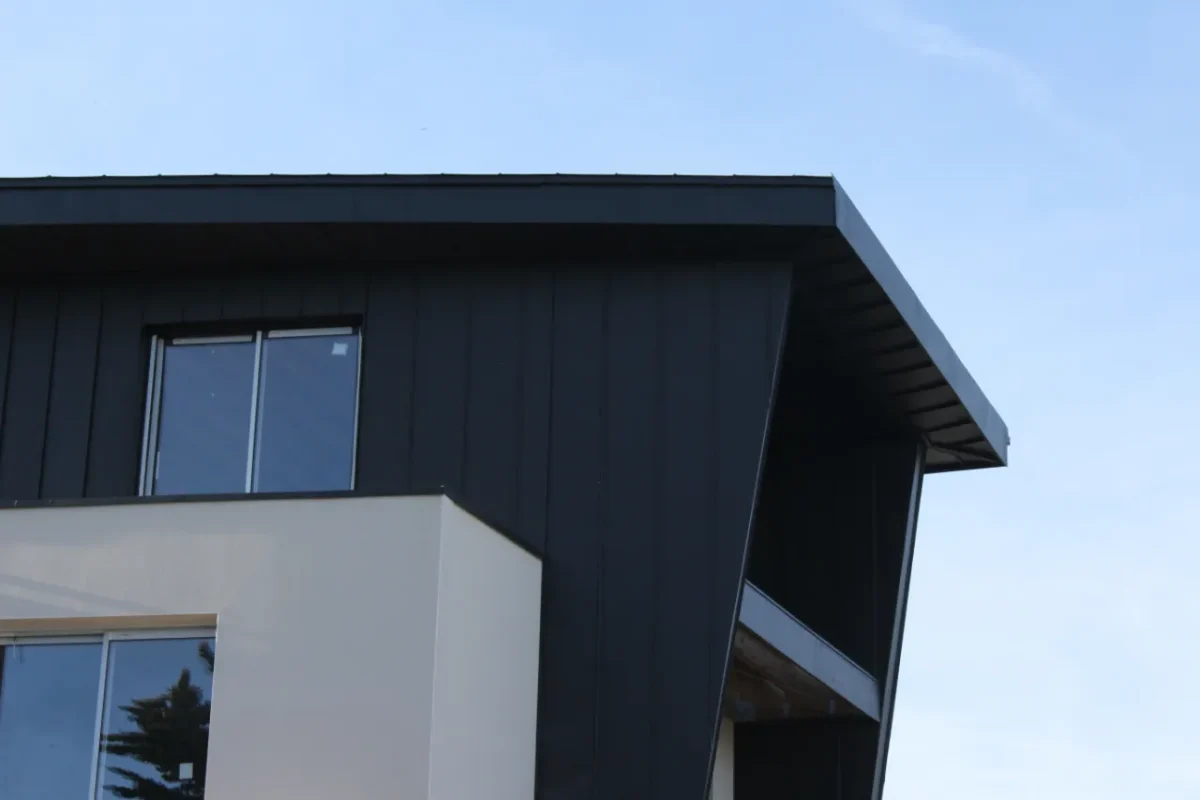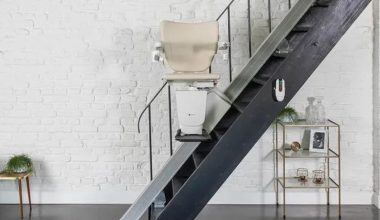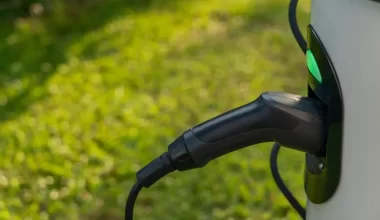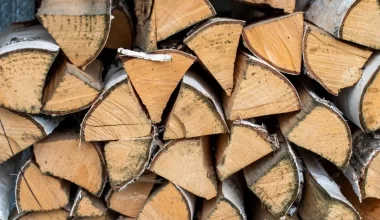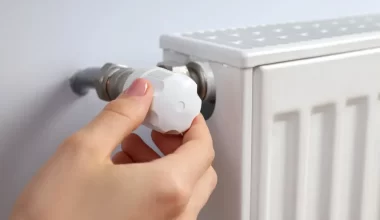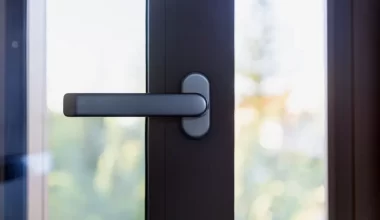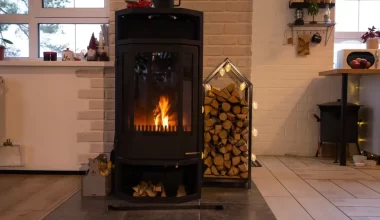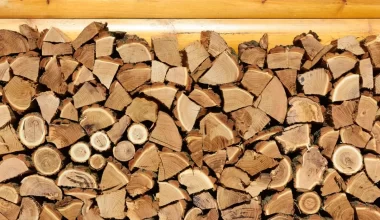Posted on Nov 27, 2023 at 10:00 am by Emily Q
Are you looking for an aesthetic, insulating, and protective solution for your exterior walls?
PVC cladding could be the answer to your expectations. Indeed, this lightweight and resistant material offers many advantages that will surely convince you to take the plunge. Discover the different advantages of PVC cladding and how it can transform the appearance and energy performance of your home.
Table of Contents
What is PVC cladding?
PVC cladding is an exterior coating made of polyvinyl chloride (PVC) panels, a plastic material widely used in construction. These panels are assembled together to form a protective layer on your exterior walls. There are several types of finishes (wood imitation, concrete, stone, etc.) and colors to best suit your decorative desires and local architectural constraints.
The major advantages of PVC cladding for your exterior facade
PVC cladding has very interesting characteristics that make it an excellent choice to dress up your facade:
- Thermal insulation: PVC cladding significantly improves the thermal insulation of your home by creating an insulating envelope around the exterior walls. This helps reduce heat loss in winter and maintain a pleasant temperature in summer.
- Aesthetics: Thanks to its wide variety of finishes and colors, PVC cladding offers a wide range of options to personalize the appearance of your facade. It allows you to modernize and beautify your home while respecting local architectural constraints.
- Weather resistance: PVC is a material highly resistant to weather conditions (rain, wind, frost, UV), which guarantees a long lifespan for your cladding. Moreover, it does not deform and is not susceptible to insects or mold.
- Easy maintenance: Unlike other materials such as wood, PVC cladding requires little maintenance: a simple regular cleaning with soapy water is enough to keep its new appearance for years.
Installing PVC cladding: some practical tips
Installing PVC cladding is relatively simple as it is a lightweight and easy-to-handle material. Here are some tips to properly prepare and succeed in installing your cladding:
- Make sure to check the condition of the exterior walls before installing the cladding: they must be sound, dry, and clean to ensure good adhesion of the panels.
- Provide a wooden or metal frame to fix the cladding panels. This structure must be well leveled and evenly spaced to ensure a homogeneous installation.
- Consider the ventilation of the facade: it is important to provide ventilation spaces at the top and bottom of the cladding to avoid any risk of condensation or moisture.
- Respect local urban planning regulations: before starting the work, inquire with your municipality about architectural specificities and any constraints related to the installation of exterior cladding.
PVC cladding, a profitable long-term investment
Beyond its aesthetic and insulating qualities, PVC cladding also represents a profitable long-term investment. Indeed, its purchase and installation costs are generally lower than those of other materials (wood, stone, etc.), while its durability and limited maintenance allow for savings on maintenance. In addition, improving the thermal insulation of your home with PVC cladding helps reduce your energy expenses and enhance the value of your property.
By choosing PVC cladding to cover your exterior facade, you opt for an aesthetic, efficient, and economical solution. So don’t hesitate any longer and embark on the renovation of your home with this innovative and durable material!
